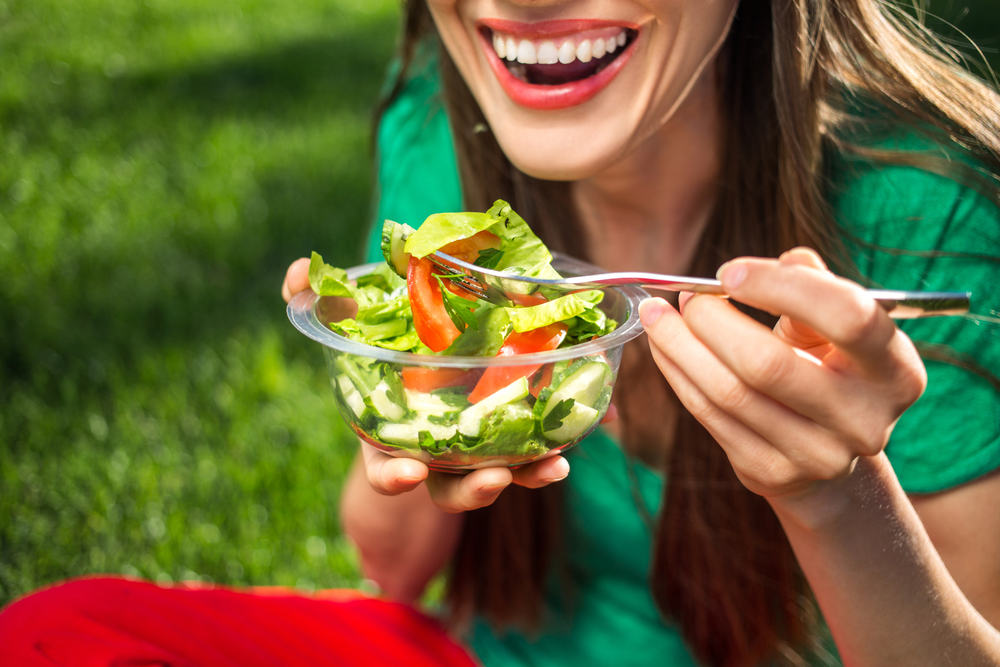Contents:
- Medical Video: Managing type 1 diabetes
- Foods that must be included in the diet
- Foods that should not be included in the diet
Medical Video: Managing type 1 diabetes
Carbohydrates can increase blood sugar levels the highest compared to protein and fat. In type 1 diabetes, the body cannot treat the sugar content in the blood as well as those in the entire body. This is what causes blood sugar levels to rise. If not treated, blood sugar levels will be higher if you continue to consume carbohydrates.
People with type 1 diabetes must be treated with insulin every day, a hormone that helps regulate blood sugar levels. One of the main goals of treating diabetes is to keep blood sugar levels as normal as possible. How is this done? By carefully calculating the amount of carbohydrates you consume.
To count carbohydrates, you need to know two things: the number of carbohydrates per serving in the food you eat, and the amount of insulin needed to "handle" a number of carbohydrates that enter the body.
The label "Nutrition Facts" is your tool to find out the carbohydrate content in food. Many books about nutrition can provide you with information about carbohydrates in fruits, vegetables, and other foods that are not labeled. Your doctor or diabetes expert will identify the right amount of insulin and help you understand how to balance it with carbohydrates.
Foods that must be included in the diet
Even though carbohydrate calculation is quite flexible, you still need to follow a healthy overall diet. In addition to the need to maintain a balanced carbohydrate intake, type 1 diabetics still have to maintain a healthy diet like most people - consumption of various types of food every day, choose foods that are rich in fiber, vitamins and minerals and low in fat, and sodium .
Many diabetics are mistaken and instead avoid fruits because they consider high sugar content. Even so, fruits are rich in nutrients, fiber, low in fat, sodium, and calories. It's just that you need to make sure the portions and remain careful about the carbohydrates in the fruit chosen when you plan your diet every day.
Foods that should not be included in the diet
Processed foods such as frozen food, ready-to-eat food, instant noodles, and canned soup have undergone changes from their original conditions for reasons of consumer convenience. These foods tend to contain higher sodium, sugar and fat (or even all three) and lower fiber, vitamin, and mineral content than the original food.
Although following the rules of a healthy diet seems a little troublesome, at least at the beginning, this is actually not difficult. Most people tend to eat the same food from time to time. In a short time, you will memorize the carbohydrate content in your favorite foods and start balancing your meals, insulin, and blood sugar in the way that works best for you.












